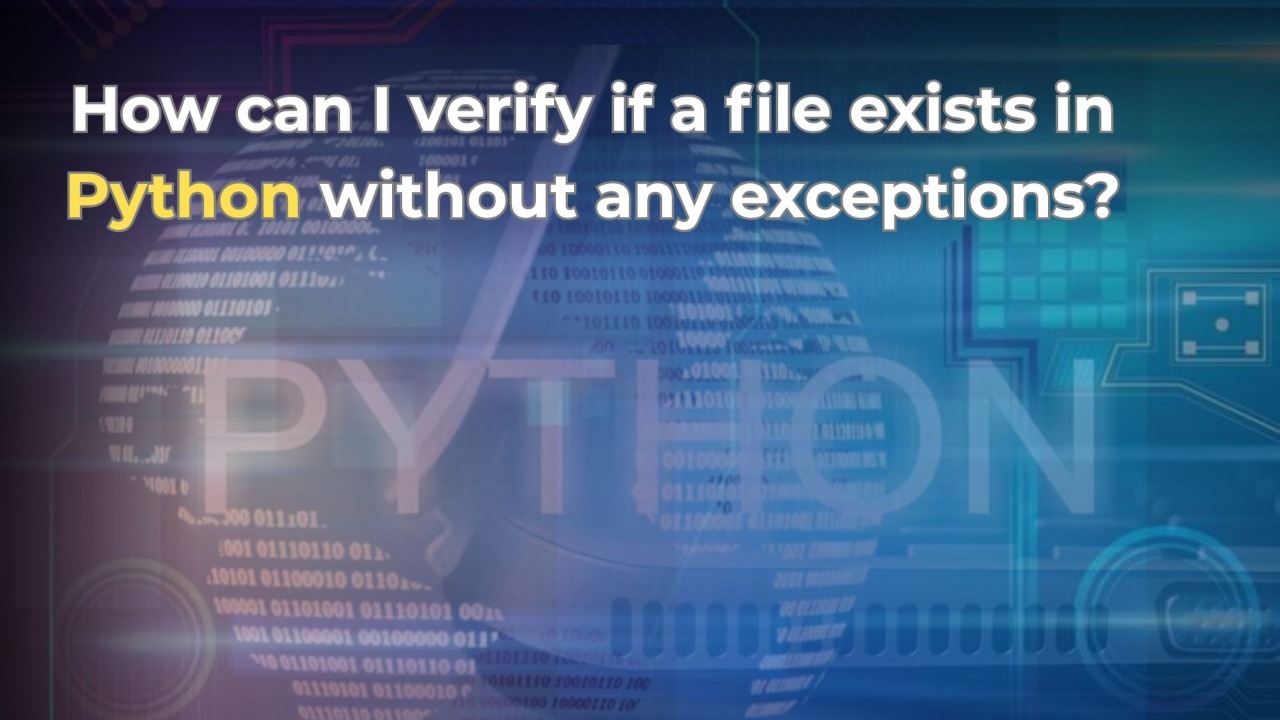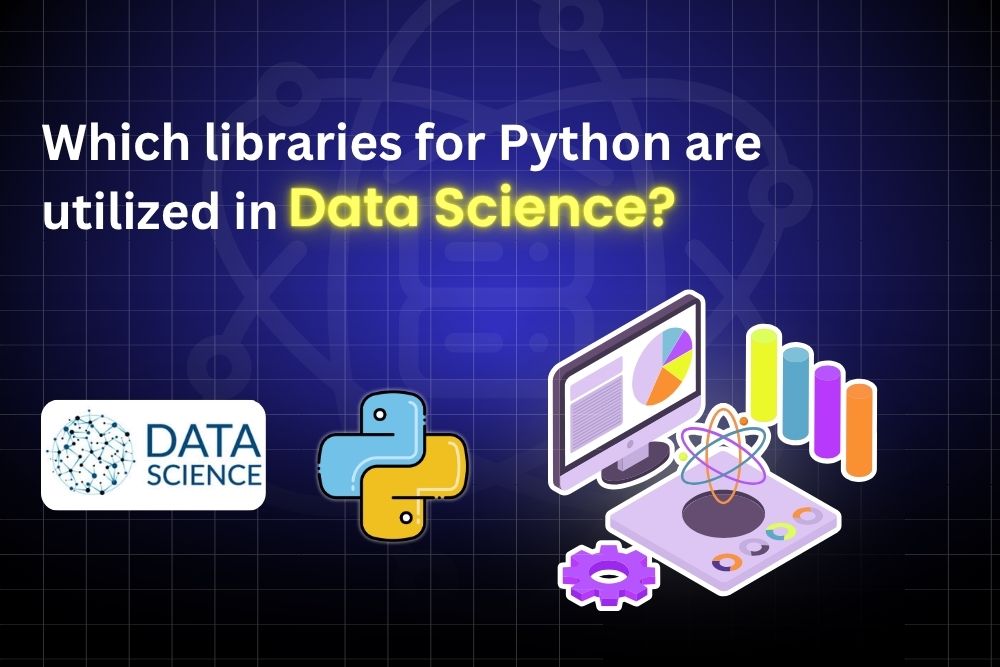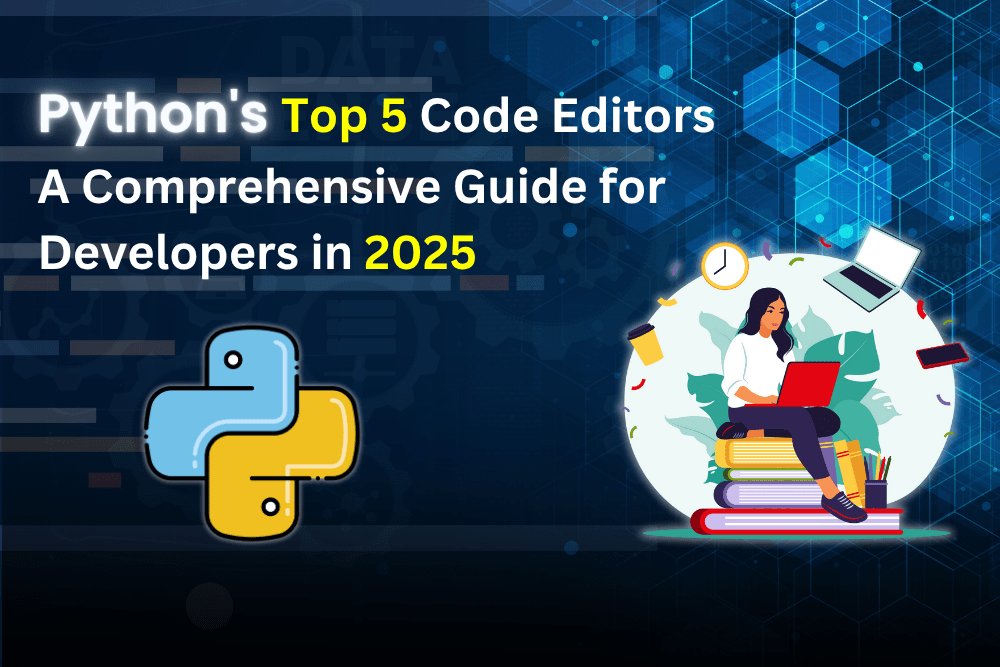In today’s data-driven world, organizations generate and store massive volumes of data. However, without analysis, interpretation, and application to decision-making, raw data has little value. Data analytics is useful in this situation. Among the various tools and technologies available for data analytics, Python has emerged as a leading programming language due to its simplicity, versatility, and extensive ecosystem of libraries. This article explores why learning Python is essential for data analytics and how it empowers professionals and organizations to unlock data-driven insights.
The Growing Importance of Data Analytics
Big businesses and skilled analysts are no longer the only ones using data analytics. Today, businesses of all sizes leverage data to understand customer behavior, optimize operations, forecast trends, and improve overall decision-making. From healthcare and finance to retail and manufacturing, data analytics has become a cornerstone of strategic planning and operational efficiency.
With positions focusing on programming, statistical analysis, and data visualization, there is a sharp rise in the need for qualified data scientists and analysts. According to industry reports, Python is often listed as a top requirement in job postings for data-related roles. This is no accident—Python’s features are exactly what contemporary data analytics need.
Start Your Coding Journey – Beginner to Advanced Python courses available.
Why Python?
Python is an open-source, high-level programming language that is renowned for being easy to understand and use. It is one of the most widely used languages in the world, and its application extends far beyond data analytics into web development, automation, artificial intelligence, and more. For data analytics specifically, Python offers several key advantages:
1. Easy to Learn and Use
Python’s syntax is simple and easy to understand, making it useful for seasoned programmers and accessible to novices alike. Python decreases development time and boosts productivity because it enables developers to write less code while yet accomplishing the same functionality as languages like Java or C++.
This ease of use is especially beneficial in data analytics, where the focus is often on experimenting with models, cleaning data, and quickly iterating over analyses rather than writing complex code.
2. Rich Ecosystem of Libraries
Python’s extensive collection of libraries is perhaps its most compelling advantage for data analysts. These libraries are specifically designed to handle tasks such as numerical computation, statistical analysis, data manipulation, machine learning, and data visualization. Notable libraries include:
- NumPy: For manipulating arrays and doing numerical computations.
- Pandas: For using DataFrames for data analysis and manipulation.
- To produce static, animated, and interactive visualizations, use Matplotlib and Seaborn.
- SciPy: For technical and scientific computing.
- Scikit-learn: For predictive analytics and machine learning.Statsmodels – For performing statistical tests and estimations.
These libraries significantly reduce the need to build functions from scratch, enabling analysts to focus on interpreting data and generating insights.
3. Versatility and Integration
Python integrates seamlessly with other programming languages and platforms, making it highly versatile. Web scraping, data intake, API queries, and even process automation are among its applications. Python is therefore a complete data analytics solution, from gathering data to deploying models.
Python’s capacity to manage large-scale data processing is further enhanced by its compatibility with big data tools and platforms like Apache Spark and Hadoop. With connectors to SQL, Excel, and cloud platforms like AWS and Google Cloud, Python acts as a bridge across the data ecosystem.
4. Strong Community Support
Python’s popularity ensures that there is a vast, active, and helpful community of users. Whether you’re stuck with a code issue, looking for documentation, or wanting to explore best practices, chances are that someone has already addressed a similar challenge. This strong community support fosters continuous learning and problem-solving, which is critical in the fast-evolving field of data analytics.
5. Open Source and Cost-Effective
The fact that Python is free to use reduces the entrance barrier for both people and businesses. Unlike commercial tools that require costly licenses, Python enables startups and educational institutions to leverage powerful analytics capabilities without breaking the bank.
Practical Applications of Python in Data Analytics
Python’s flexibility allows it to be used across the entire data analytics pipeline. Here’s how Python fits into each stage:
1. Data Collection and Preprocessing
It is uncommon to find data in a clear, organized style. Python offers tools like requests and BeautifulSoup for web scraping, pandas for cleaning data, and openpyxl for handling Excel files. APIs can be accessed using requests or httpx, and unstructured data like text and images can also be processed with specialized libraries.
2. Data Exploration and Visualization
Before diving into modeling, analysts explore data to find patterns, detect anomalies, and understand distributions. Graphs and charts may be used to convey stories effectively thanks to Python’s visualization packages, including Matplotlib, Seaborn, and Plotly. When presenting findings to stakeholders who might not be technically inclined, these representations are essential.
3. Statistical and Predictive Modeling
Python supports both basic statistical analysis and advanced predictive modeling. Whether you’re performing a linear regression with statsmodels or building a machine learning model using scikit-learn, Python provides comprehensive tools. Deep learning models are supported by libraries like TensorFlow and PyTorch for more complex requirements.
4. Automation and Reporting
Routine analytics tasks can be automated using Python scripts, making workflows more efficient. Dashboards can be built using Dash or Streamlit to create interactive reports. These tools allow for real-time updates and data monitoring, reducing manual reporting effort and enabling quick decision-making.
Python vs. Other Tools
Python is often compared to R, SQL, and Excel, which are also popular in the data analytics space.
R: While R is excellent for statistical computing and has rich visualization capabilities, it has a steeper learning curve and less general-purpose versatility compared to Python. Python’s syntax and broader usage often make it the preferred choice in business environments.
SQL: SQL is essential for querying databases, but it is limited to structured data and lacks advanced modeling capabilities. Python complements SQL by allowing complex analysis after data extraction.
Excel: Excel remains a useful tool for small datasets and simple visualizations. However, it is not scalable for big data or complex analysis. Python offers much greater control and automation.
Learning Python for Data Analytics
With so many online tutorials, courses, and interactive platforms available, learning Python is now simpler than ever. The following actions are advised:
- Learn the basics of Python programming—variables, loops, conditionals, and functions.
- Explore data analytics libraries like NumPy and Pandas.
- Practice with real datasets available on platforms like Kaggle.
- Work on projects such as sales analysis, customer segmentation, or stock market prediction.
- Use visualization tools to build compelling data stories.
- Understand version control and collaboration tools like GitHub for project management.
A professional profile might also benefit from certifications from respectable organizations.
Career Opportunities
Gaining proficiency in Python for data analytics provides access to a number of in-demand positions:
- Data Analyst
- Business Intelligence Analyst
- Data Scientist
- Machine Learning Engineer
- Data Engineer
- Quantitative Analyst
According to job market insights, Python is consistently one of the top five most in-demand skills for data roles. Python knowledge significantly enhances employability and earning potential, making it a must-have in a data professional’s toolkit.
The easiest approach to learn Python is to attend a Python Course In Pune.
Final Thoughts
Python has solidified its position as the backbone of data analytics. It offers a rare combination of simplicity, power, and flexibility, enabling users to perform everything from basic data exploration to advanced machine learning. It is perfect for novices and experts alike because of its vibrant community, affordability, and integration features.
In a world increasingly shaped by data, learning Python isn’t just a valuable skill—it’s an essential investment for anyone looking to thrive in the field of data analytics. Whether you’re a student, analyst, manager, or developer, Python equips you with the tools to transform data into decisions—and ultimately, into success.





